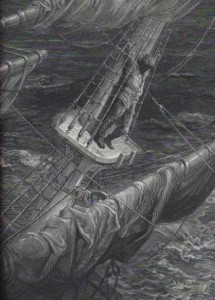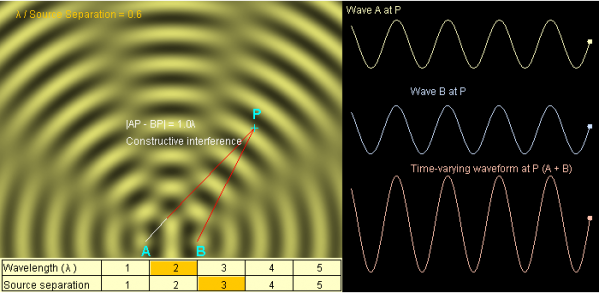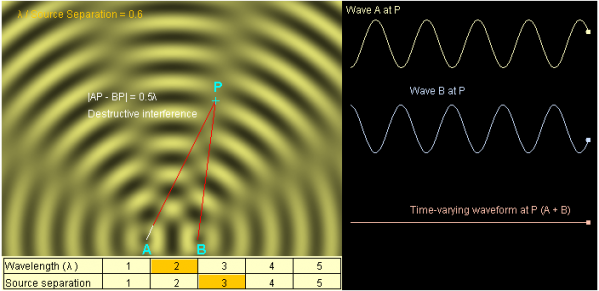
Recording of Eisenhower’s address to the nation on the situation in Little Rock.
In going over the timeline of human rights today, we realized that it did not have a card for the civil rights struggle of the 1950’s and 60’s. One of the key events that middle school students should be able to relate to is the desegregation of Central High School in Little Rock Arkansas. Imagine having to have troops escort you into school. Imagine having to endure racial taunts every day when you were only one of nine African American students in the entire school.
The Encyclopedia of Arkansas has a nice outline of the events of 1957 in the context of Brown v. Board of Education of Topeka, Kansas. However, the National Park Service’s website is perhaps better targeted to Middle School age range. The video below is also a good primer, and my students found it to be very powerful.
The Eisenhower Presidential Library has some of the primary documents related to the events. They give a vivid account of the events from the perspective of what the president saw.
- Press release, statements by President Eisenhower and Governor Faubus from Newport, Rhode Island, September 14, 1957
- Eisenhower’s diary entry on the meeting.
- Eisenhower’s press release in response to the first attempts at desegregation.
- Telegram of the Little Rock Mayor to Eisenhower telling about the mob that formed to prevent the desegregation of the school
- Eisenhower’s response to the mayor’s telegram
- Eisenhower’s Order activating the military
- The mayor’s plea for troops
- Eisenhower’s notes
- Eisenhower’s speech (audio)
- Eisenhower’s telephone calls.
- Protest by Georgia Senator Russell
- Eisenhower’s response to Russell
- Letter of parents of Little Rock Nine to Eisenhower
- Protest by Mississippi Senator Stennis
- Response to Stennis
- Situation report from the military
- Situation report from February 6th, 1958
- Situation report from February 17th, 1958
- Situation report from March 10th, 1958
- Jackie Robinson’s letter to Eisenhower that refers to a meeting they had and to the Central High School desegregation
- Eisenhower’s reply






